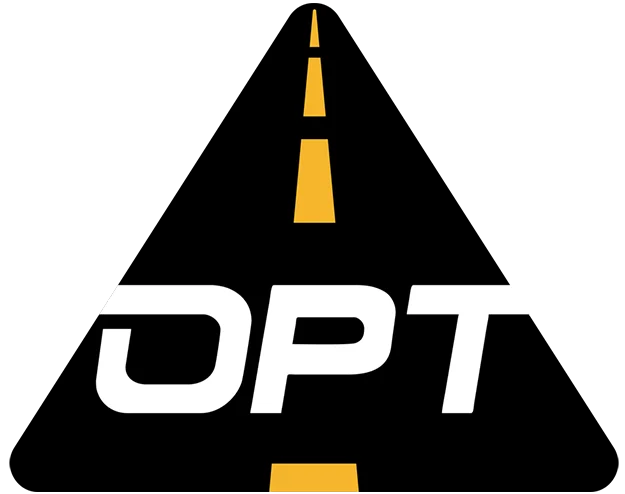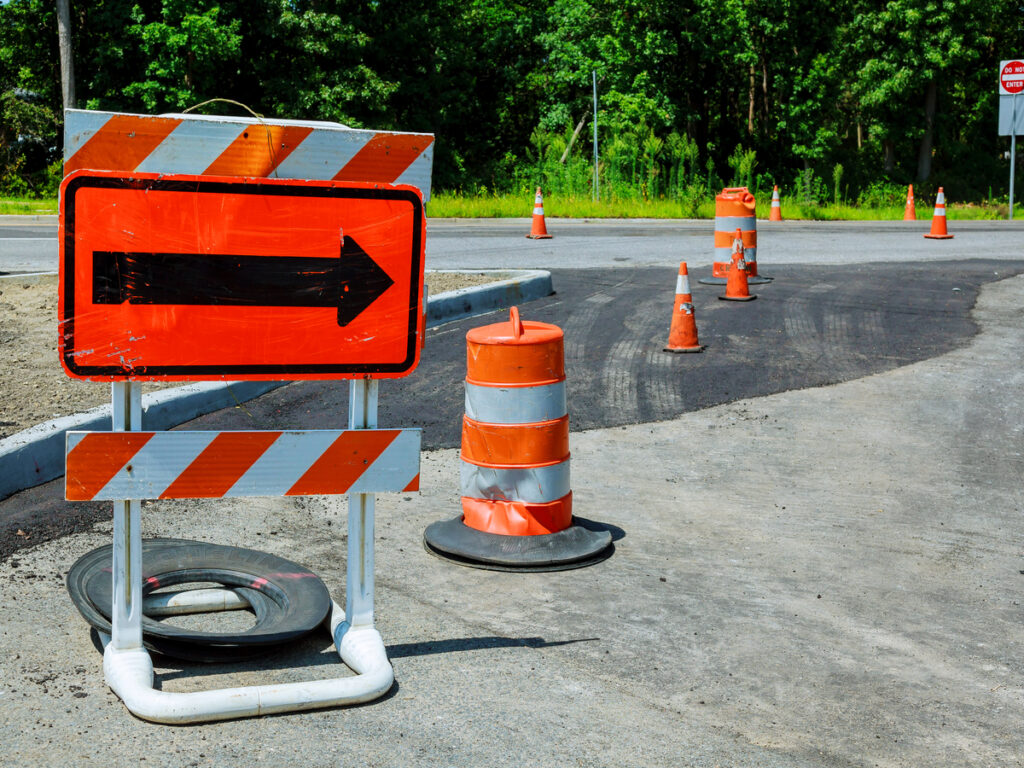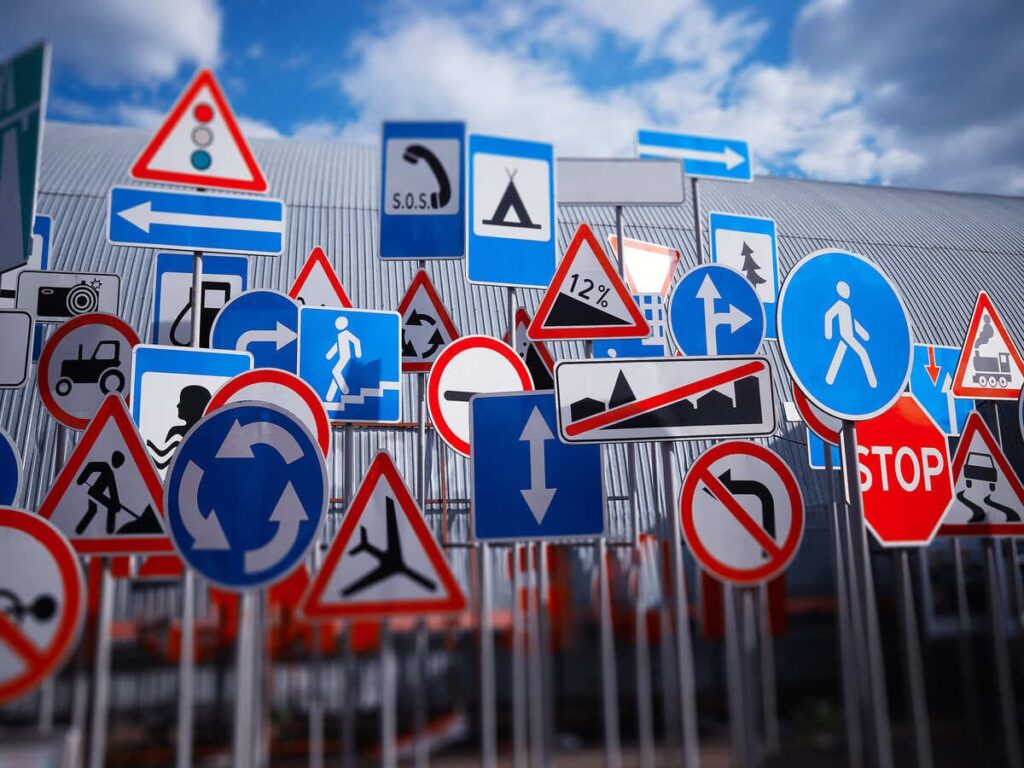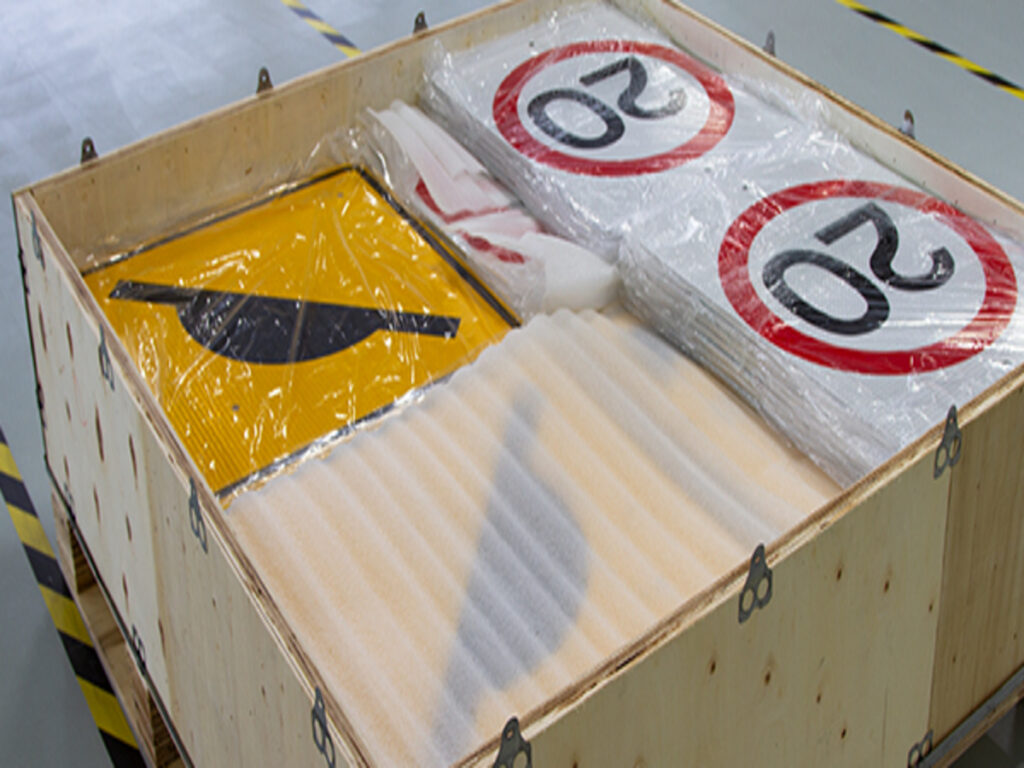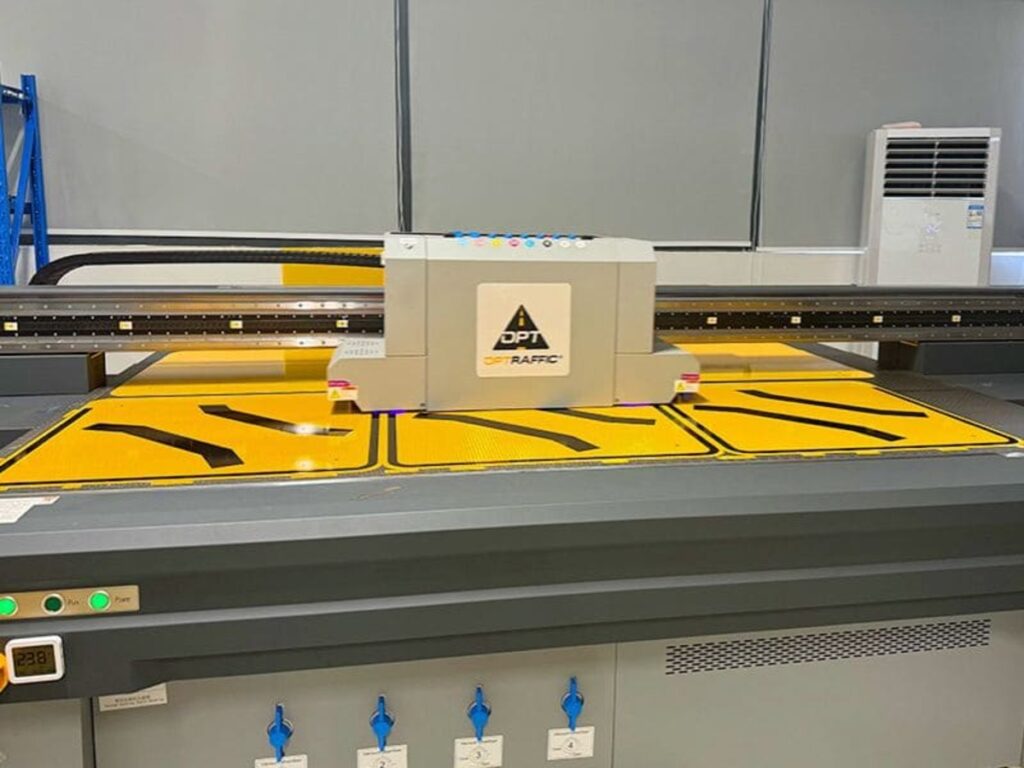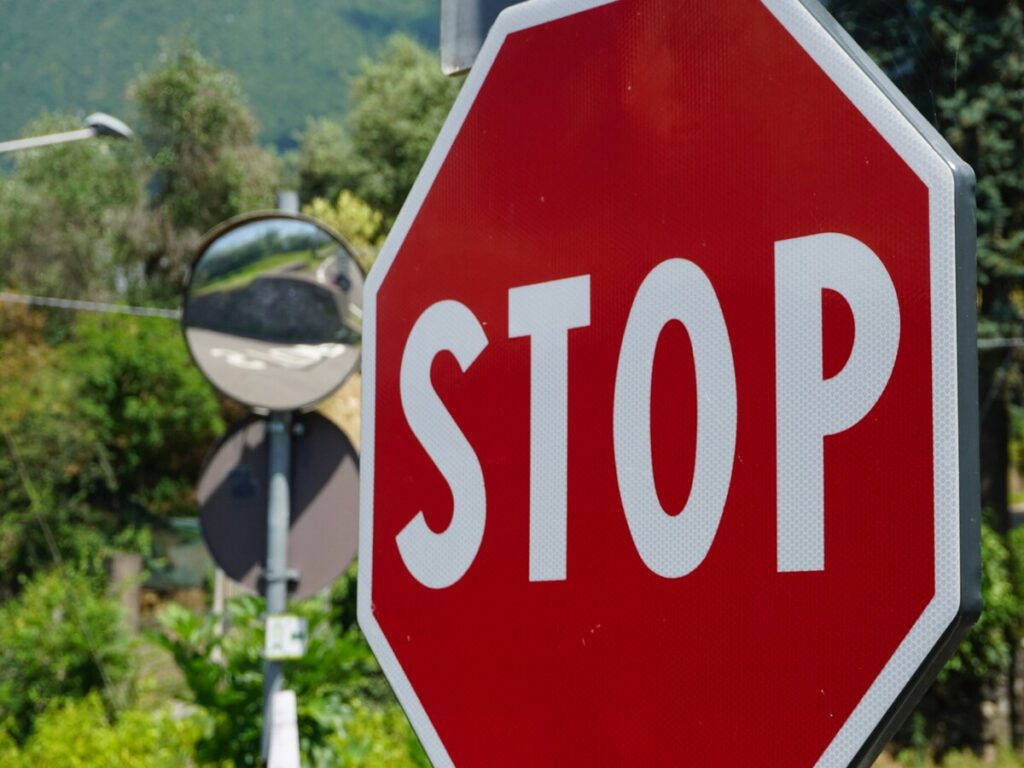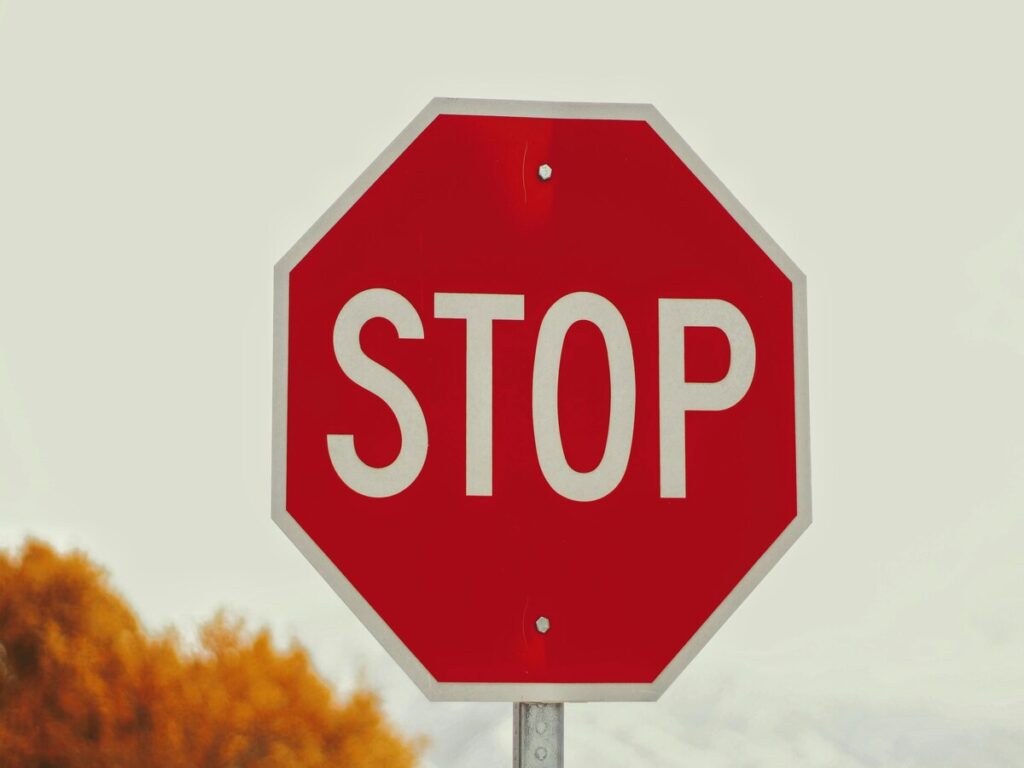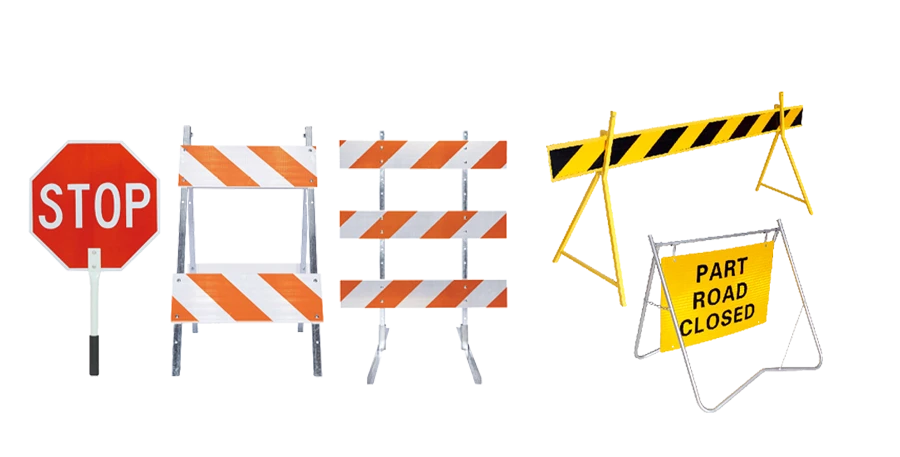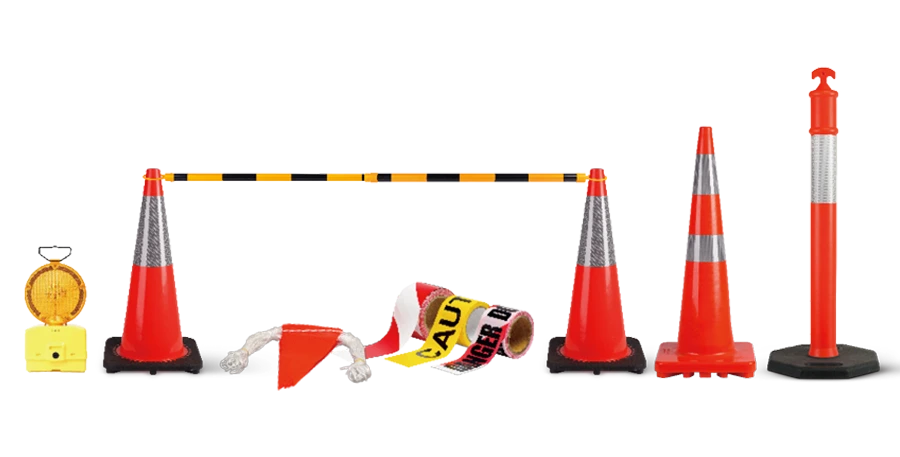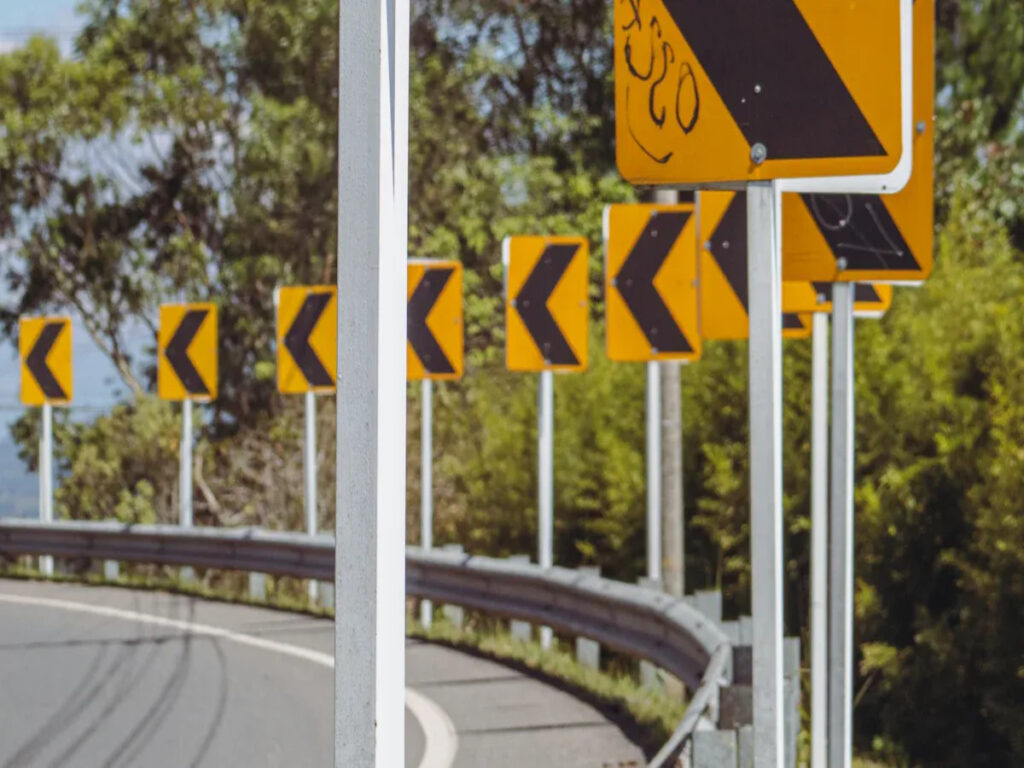
Highways need aluminum traffic signs that are 0.100 को 0.125 इंच मोटा. Urban roads usually use panels that are 0.080 इंच मोटा. The right thickness helps signs stay strong and easy to see. It also lowers how much fixing they need over time. Premium aluminum with special coatings makes signs last up to 20 साल. This means people do not have to fix them as often. यातायात योजनाकार, municipal contractors, civil engineers, and road safety professionals use these rules. They want signs that last long but do not cost too much.
ओप्ट्राफिक पर, हम उच्च गुणवत्ता की पेशकश करते हैं एल्यूमीनियम संकेत with the perfect thickness for your needs. Our durable and long-lasting traffic signs are designed to meet safety standards and stand up to the elements, ensuring your roadwork projects stay on track and within budget.
चाबी छीनना
- Highways need thick aluminum signs. They are usually 0.125 इंच मोटा. These signs stand up to wind and weather. They also handle heavy traffic. This helps keep people safe for a long time.
- Urban roads use signs that are 0.080 को 0.100 इंच मोटा. These signs are strong but cost less. They work well for medium traffic and smaller signs.
- Thicker signs last longer. They stay flat in bad weather. इससे उन्हें देखना आसान हो जाता है. It also means you do not have to replace them as often.
- Always check local rules before picking sign thickness. This helps you avoid fines. It also keeps everyone safe.
- Think about sign size and wind when choosing thickness. भी, look at how you will install the sign. This helps you pick the best thickness for each place.
अनुशंसित मोटाई
राजमार्ग
Highways need very strong traffic signs. The परिवहन विभाग संकेत कहते हैं 0.125 इंच मोटा. This thickness helps signs stand up to strong winds and fast cars. It also protects them from bad weather. States like Georgia and New York use this rule to keep roads safe. Thicker signs do not bend or twist easily. This is important for big signs in open places.
बख्शीश: If there are lots of trucks or storms, always pick the 0.125-inch thickness. इससे संकेत लंबे समय तक बने रहते हैं.
| एल्यूमीनियम मोटाई | विशिष्ट उपयोग का मामला | DOT Recommendation Level |
|---|---|---|
| 0.080-इंच | आवासीय सड़कें, पार्किंग स्थल | Meets basic DOT requirements |
| 0.100-इंच | Urban roads with moderate traffic | Suitable for durability |
| 0.125-इंच | राजमार्ग, heavy traffic areas | Fully DOT-compliant standard |
शहरी सड़कें
Urban roads have different needs. These roads get medium traffic. Signs here must be strong but not too costly. संयुक्त राज्य अमेरिका में, 0.080-inch aluminum is used most for street name signs. This thickness keeps signs stiff and tough in cities. It also helps cities save money. Most city signs use high-intensity prismatic reflective sheeting. इससे ड्राइवरों को उन्हें बेहतर देखने में मदद मिलती है.
Urban planners sometimes pick 0.100-inch thickness for busy corners or bigger signs. This gives more strength without making signs too heavy or expensive.
निर्माण क्षेत्र
Construction zones need signs that can change as needed. Iowa’s Department of Transportation says to use 0.080-inch thickness for signs up to 36 inches long. Bigger signs should be 0.125 इंच मोटा. These rules match what the federal and state governments want for work zone signs.
The right thickness depends on how long the sign will stay up and how much traffic is around. Short jobs use 0.080-inch panels. Long jobs or risky spots use 0.125-inch panels. कभी-कभी, these signs have extra strong edges. Signs in work zones must handle hits from trucks and changing weather.
टिप्पणी: If a construction job lasts a long time or is near highways, always use thicker, stronger aluminum traffic signs. This keeps people safe and means you do not have to replace signs as often.
मोटाई क्यों मायने रखती है
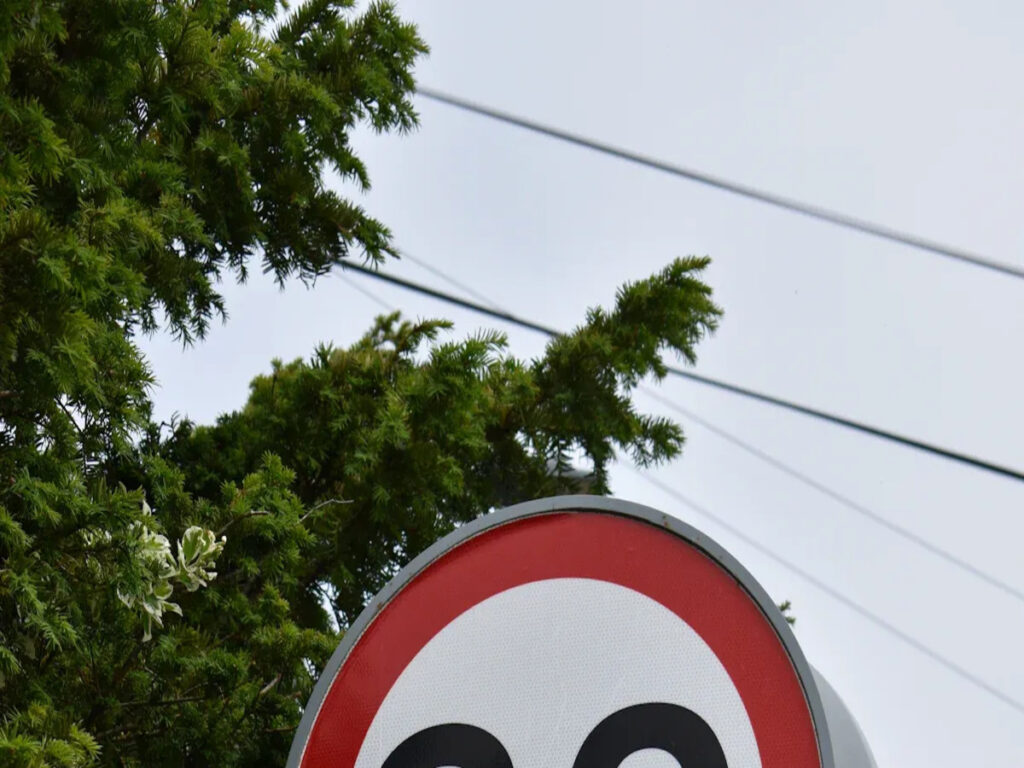
सुरक्षा और दृश्यता
Thicker signs are important for road safety. Drivers going fast need to see signs clearly. Thin signs can bend in strong wind. इससे उन्हें पढ़ना कठिन हो जाता है. Thicker panels stay flat in bad weather. This helps drivers see warnings and directions fast. The table below shows how thickness helps safety for different sign sizes and uses:
| साइन आकार (इंच/फीट) | Recommended Aluminum Thickness (इंच) | Safety and Performance Impact |
|---|---|---|
| छोटे संकेत (उदा।, 18″ x 24″) | 0.040 | Standard thickness, suitable for calm conditions |
| मध्यम संकेत (up to 2′ x 4′) | 0.040 – 0.050 | Thicker sheets increase stiffness, reducing bending |
| लटके हुए चिन्ह (2′ x 2′ या 2′ x 3′) | 0.063 | Prevents bending and damage when suspended |
| बड़े फांसी के संकेत (3′ x 3′, 3′ x 4′) | 0.080 | Heavy-duty thickness, critical in windy or high-speed areas |
| Very large signs (चार तक′ x 10′) | 0.040 – 0.080 (मोटा) | Maintains visibility, खासकर अगर फ्लैट माउंटेड नहीं है |
बख्शीश: Thicker signs help stop accidents by staying easy to read.
सहनशीलता
How thick a sign is changes how long it lasts. Thicker aluminum does not rust or break easily. It stands up to rain, बर्फ, गर्मी, और ठंडा. In windy or salty places, thick panels keep their shape and color. इसका मतलब है कि आपको उन्हें अक्सर प्रतिस्थापित करने की आवश्यकता नहीं है. Cities and highway groups save money because signs stay strong and clear.
अनुपालन
Rules from the government say signs must be a certain thickness. Most rules want panels between 0.063 और 0.125 इंच मोटा. These rules make sure signs stay stiff and easy to see outside. Using the right thickness helps groups follow the law and not get fined. It also helps drivers get the information they need to drive safely.
Aluminum Traffic Signs: मोटाई के विकल्प
Thicker Signs
Thicker aluminum traffic signs बहुत मजबूत हैं. They do not bend or break in bad weather. हवा, बारिश, and bumps do not hurt them much. Many experts pick thicker panels for highways and construction zones. These signs are also good for places with rough weather. Dibond and Alumalite have aluminum on the outside and plastic inside. This makes them stiff and tough. These signs are used for real estate, कंपनियों, और निर्देश. They keep their shape and color for a long time.
But thicker signs are heavier. This makes moving and putting them up harder. Workers need strong tools and sometimes special machines for big signs. It can cost more to put them up because it takes longer. Some companies use aluminum composite panels, called ACM, to help. ACM signs are about half as heavy as solid aluminum. They are still strong and steady. This makes them easier to move and faster to install.
बख्शीश: Pick thicker signs for windy places, व्यस्त सड़कें, or if you want signs to last many years.
Thinner Signs
Thinner aluminum traffic signs cost less money. They are good for places with little traffic or for short-term use. ये संकेत हल्के हैं. This makes them easy to carry, उम्मीदवार होना, and take down. Cities use thinner panels for quick jobs or safe spots. Vinyl overlays on thin signs let you change the sign fast. This is good when rules or hours change a lot. You can print right on thin panels. The pictures stay bright and last outside.
फिर भी, thin signs do not stand up to hits or bad weather as well. Vinyl overlays can peel off or bubble if not put on right. Taking off overlays can hurt the sign. Printing right on the sign makes it hard to change later. Thin signs are best when you need something cheap and easy to change, not something that lasts a long time.
| विशेषता | Thicker Signs | Thinner Signs |
|---|---|---|
| सहनशीलता | उच्च | मध्यम |
| वज़न | भारी | रोशनी |
| इंस्टालेशन | More complex | आसान |
| लागत | उच्च | निचला |
| सबसे अच्छा उपयोग | राजमार्ग, कठोर मौसम | अस्थायी, कम ट्रैफ़िक क्षेत्र |
प्रमुख कारक
साइन आकार
The size of a sign is very important when picking thickness. Big signs need thick panels so they do not bend. Thick panels help big signs stay easy to see. व्यस्त स्थानों में, .125-gauge aluminum keeps signs from breaking. Small signs often use .063-गेज एल्यूमीनियम. This works well if the weather is calm. The thickness helps signs stand up to wind and rain. It also helps them last longer. Local rules may say how thick signs must be. These rules depend on size and how easy the sign is to see.
Wind Load
Wind load means how much wind pushes on a sign. Engineers look at wind speed and sign size to pick thickness. Signs in windy places need thicker aluminum. This stops them from bending or falling down. The table below shows what thickness and support are best for each wind zone and sign size:
| साइन आकार (मिमी) | पवन क्षेत्र (के रूप में/nzs 1170.2) | Recommended Aluminum Thickness | Support Requirements |
|---|---|---|---|
| तक 600 एक्स 600 | कम (ए) | 1.6 मिमी | Usually no extra support |
| तक 600 एक्स 600 | मध्यम (बी) | 1.6 मिमी | Strong post or frame needed |
| 600 एक्स 600 - 1200 एक्स 900 | कम (ए) | 1.6 मिमी | अनुशंसित फ्रेम |
| 600 एक्स 600 - 1200 एक्स 900 | मध्यम (बी) | 2.0 मिमी | Frame or bracing required |
| 600 एक्स 600 - 1200 एक्स 900 | उच्च (सी) | 2.0 मिमी | ब्रेसिंग की आवश्यकता है |
| ऊपर 1200 एक्स 900 | कम (ए) | 2.0 मिमी | ब्रेसिंग की सिफारिश की गई |
| ऊपर 1200 एक्स 900 | मध्यम (बी) | 2.0-3.0 मिमी | ब्रेसिंग की आवश्यकता है |
| ऊपर 1200 एक्स 900 | उच्च/चक्रवात (सी) | 3.0 मिमी | Heavy-duty bracing required |
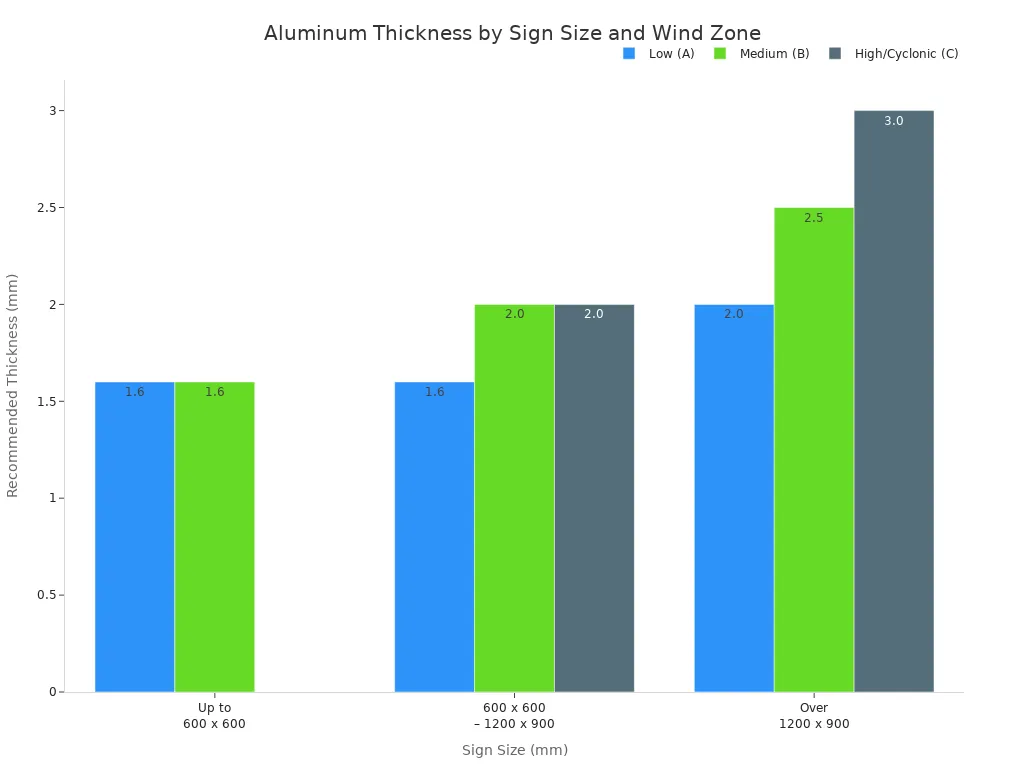
इंस्टालेशन
How you put up a sign changes what thickness you need. Signs on strong posts or frames can be thinner. Signs in open spots or hanging need thicker aluminum. This keeps them from moving or getting hurt. Workers think about how easy it is to move and put up each sign. Heavy signs may need special tools. Light signs are easier to carry and install.
बख्शीश: Always pick the right thickness for where and how you put up the sign.
नियमों
Rules from the government say how thick signs must be. These rules help keep signs safe and strong. Most rules want signs between .063 और .125 इंच मोटा. The right thickness depends on where the sign goes and how big it is. Following these rules keeps signs legal and safe. It also helps you avoid fines or problems.
शहरी बनाम. हाइवे
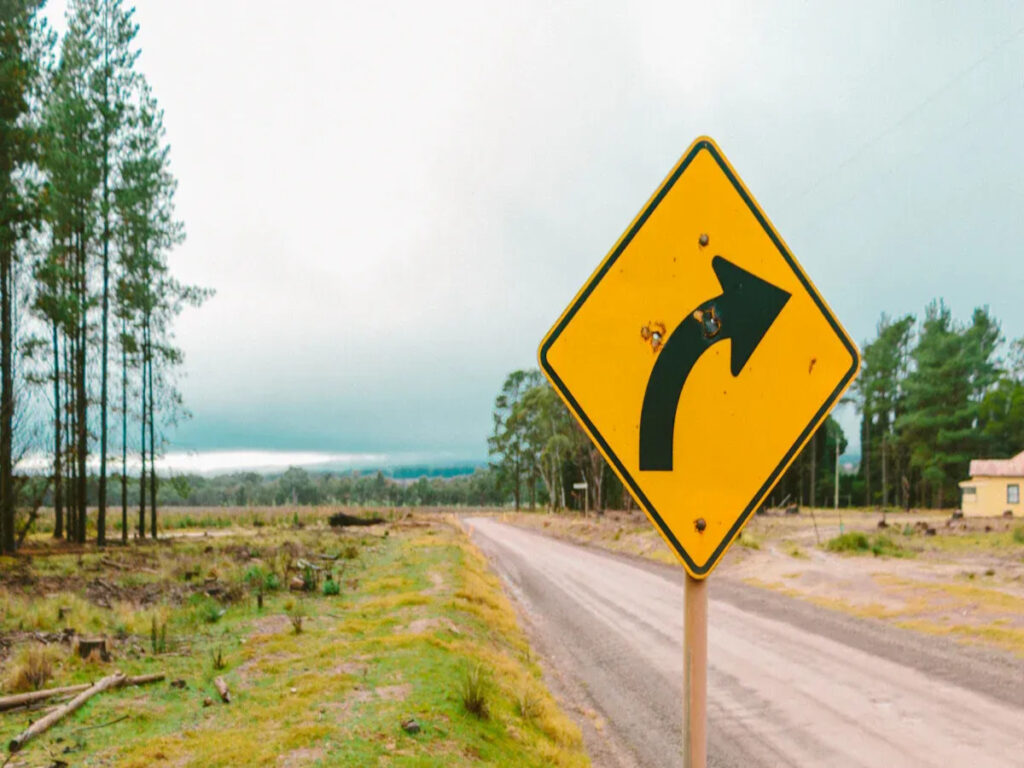
Small vs. बड़े चिह्न
Cities use small and medium signs. These signs show street names or parking rules. Some signs help people cross the street. Most small city signs use 0.080-inch aluminum. This thickness keeps signs stiff and easy to see. Big signs on highways need more strength. Highways have large guide signs and warning panels. These signs face strong winds and fast cars. For these, 0.125-inch aluminum works best. The thicker metal stops bending and keeps words clear.
बख्शीश: Match the sign size with the right thickness. Bigger signs need thicker panels to stay safe and easy to see.
ट्रैफिक वॉल्युम
How busy a road is changes what signs need. City roads have steady but slower traffic. Signs here face less wind and fewer bumps. A 0.080-inch or 0.100-inch panel often works well. Highways have heavy trucks and fast cars. Signs must handle more force and bad weather. Thicker panels like 0.125-inch last longer and stay readable. Construction zones with big machines also need thicker signs for safety.
- शहरी: कम गति, मध्यम यातायात, smaller signs, thinner panels.
- हाइवे: High speeds, भारी यातायात, larger signs, thicker panels.
Quick Reference
Picking the right thickness depends on where the sign goes and what kind it is. The table below helps planners choose fast:
| Environment/Sign Type | Recommended Aluminum Thickness | Description/Use Case |
|---|---|---|
| Indoor Signs | 0.040-इंच | Office signs, lobby displays, easy to hang |
| Outdoor Signs (सामान्य) | 0.063-इंच | Regular outdoor use, balanced durability |
| Outdoor Signs (windy/tough areas) | 0.080–0.125-inch | अत्यधिक टिकाऊ, resists wind and harsh weather |
| यातायात संकेत (residential/parking) | 0.080-इंच | Meets DOT for low-traffic areas |
| यातायात संकेत (शहरी सड़कें) | 0.100-इंच | Suitable for moderate traffic |
| यातायात संकेत (highways/heavy traffic) | 0.125-इंच | Fully DOT-compliant, highest durability |
| Industrial/Construction Zones | 0.125-इंच | अत्यधिक टिकाऊ, resists bending and impact |
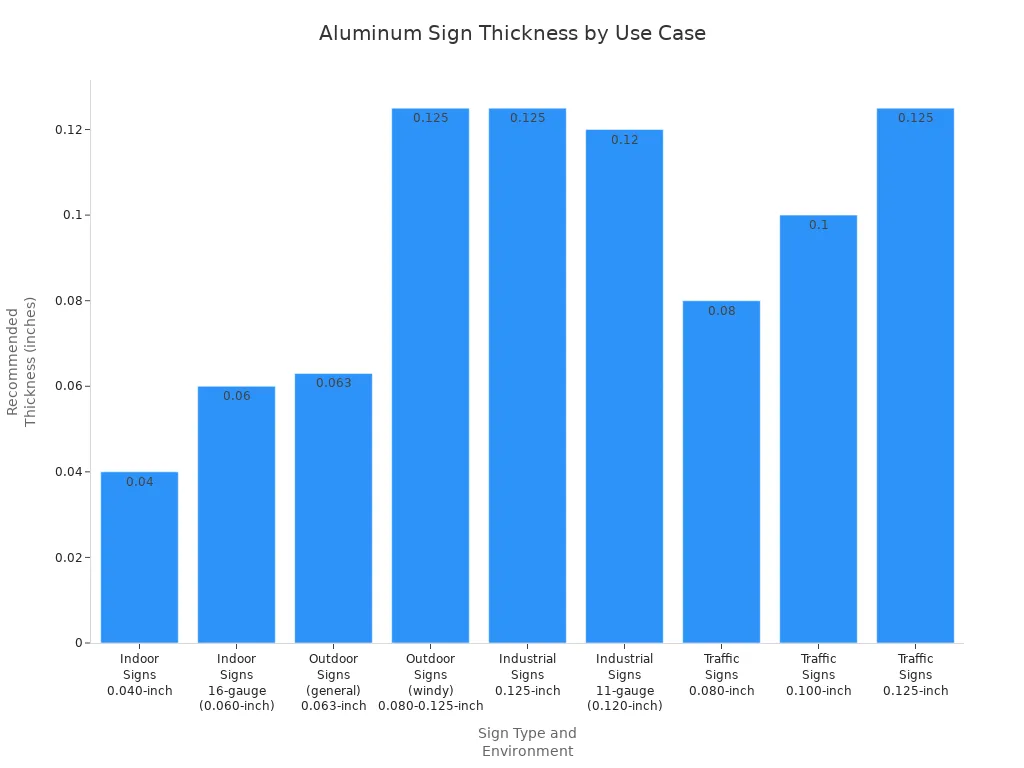
टिप्पणी: Always check local DOT rules before buying signs. Testing samples can help you pick the best material for your project.
Decision Tips
Regulations Check
Traffic planners and engineers must look at local and federal rules. Every state and city can have different standards for एल्यूमीनियम यातायात संकेत. These rules make sure signs are safe and easy to see. Checking the rules first helps avoid mistakes and keeps projects legal.
बख्शीश: Always check the minimum thickness you need before buying materials.
लागत बनाम. लंबी उम्र
Picking the right thickness means thinking about cost and how long signs last. Thicker panels cost more but last longer, इसलिए आप उन्हें अक्सर प्रतिस्थापित नहीं करते हैं. For public jobs, planners should look at both the starting price and how long signs will work. The table below shows how types and thicknesses change how long signs last:
| एल्यूमिनियम प्रकार | मोटाई (inches/mm) | Expected Outdoor Durability | नोट |
|---|---|---|---|
| White Enamel Aluminum | 0.032″ (0.81 मिमी) | Indoor use only | पतली, कम टिकाऊ |
| Black Enamel Aluminum | 0.040″ (1.016 मिमी) | 5+ साल | मोटा, excellent outdoor durability |
| White Enamel Aluminum + UV Overlaminate | 0.033″ (0.84 मिमी) | 5+ साल | Added UV protection improves longevity |
Planners should not pick panels that are too thick, or it costs too much. If panels are too thin, signs wear out fast and cost more later. Picking the right grade and thickness for एल्यूमीनियम यातायात संकेत gives the best value for each job.
वातावरणीय कारक
Weather and other conditions change how well signs work. Salt near the ocean can make एल्यूमीनियम यातायात संकेत rust and not last as long. High pH or chemicals can also hurt panels, especially in factories. The type of alloy matters because some kinds fight rust better.
टिप्पणी: In places with bad weather or chemicals, planners should use thicker panels and alloys that do not rust to make signs last longer.
Planners should look at the weather, nearby businesses, and road type before choosing. This helps every sign stay safe and easy to see for a long time.
Picking the right thickness for aluminum traffic signs keeps people safe and makes signs last longer. It also helps follow the rules. Experts say some things are very important:
- Thick panels like 0.125-inch are best for highways and places with more danger.
- In cities and neighborhoods, 0.080-inch or 0.100-inch panels are good. These are easier to put up and save money.
- Always check if the supplier has the right certificates and follows rules like MUTCD and ISO9001.
सबसे अच्छा विकल्प बनाने के लिए, planners should talk to experts and buy from trusted suppliers before deciding.
अक्सर पूछे जाने वाले प्रश्न
What thickness does the DOT require for highway traffic signs?
The Department of Transportation wants highway signs to be 0.125 इंच मोटा. This thickness helps signs stand up to wind and weather. It also protects them from cars hitting them. Always look at your local DOT rules before you buy signs.
Can cities use thinner aluminum signs for urban roads?
हाँ. Many cities pick 0.080-inch aluminum for street and parking signs. This thickness is strong enough for most city roads. It also helps cities save money. Busy corners might need thicker panels to last longer.
साइन मोटाई इंस्टॉलेशन को कैसे प्रभावित करती है?
Thicker signs are heavier and need stronger posts. Workers may need special tools for heavy signs. Thin signs are lighter and easier to put up. This makes installing them faster and simpler.
Are thicker aluminum signs better for windy areas?
हाँ. Thicker panels like 0.125 inches work better in windy places. They do not bend easily and stay easy to see in storms. Engineers often choose thicker signs for bridges, राजमार्ग, or near the ocean.
Do all aluminum traffic signs need reflective coatings?
Most outdoor traffic signs have reflective coatings. These coatings help drivers see signs at night and in bad weather. Federal and state rules often say signs must have reflective sheeting. Always check that the coating matches local rules.
